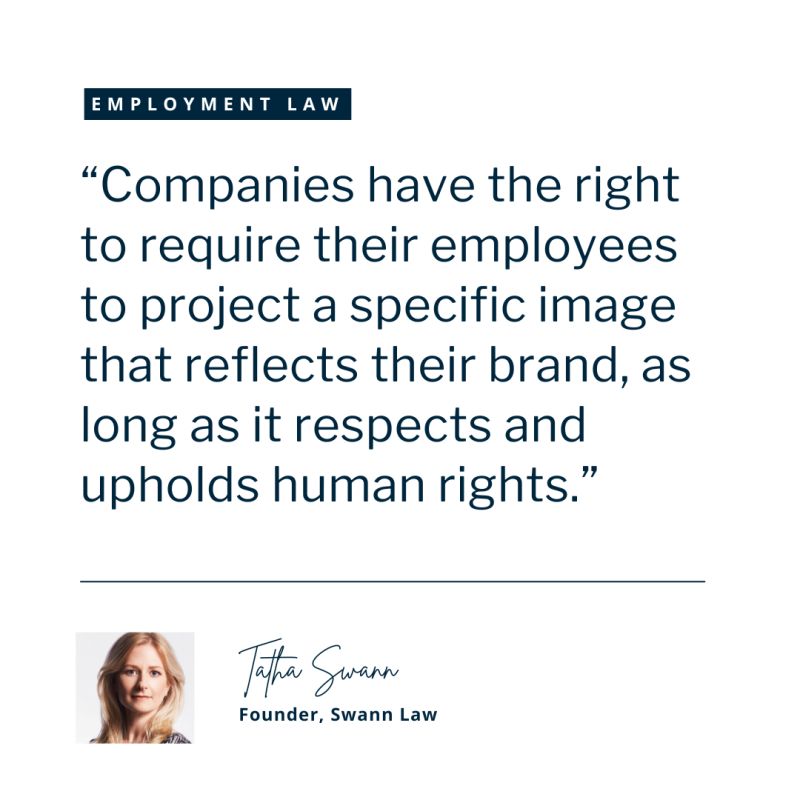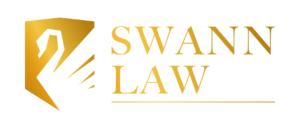Delta Airlines recently made headlines for reminding prospective flight attendants to adhere to “appearance requirements,” notably the rule that underwear is required but should not be visible, as well as other limits such as the length of eyelashes.
What constituted professional behaviour was also spelled out, with examples including no use of profanity, chewing gum or using cellphone or earbuds during the interview process — that would seem to be common sense.
This may sound surprising, but it reflects a broader issue we are seeing across many industries: the decline of workplace appearance and behaviour standards.
It also highlights the dilemma employers face. While companies want to maintain a professional image, they are increasingly concerned about the legal risks of dictating employee appearance.
Workplace policies that govern things such as makeup, hairstyles, or clothing can raise questions of discrimination based on sex, gender identity and expression, religion and as other human rights grounds.
From a legal standpoint, employers have the right to dictate how their employees present themselves to align with the employer’s public and client facing image and reputation, just as they can require uniforms.
But there are limitations. Policies cannot infringe on human rights by imposing discriminatory rules based on:
• Sex or gender identity (e.g., forcing employees to conform to gender stereotypes)
• Religion (e.g., banning religious headscarves where safety is not engaged)
• Disability (e.g., enforcing dress codes that interfere with or medical conditions or disabilities).
If you or your company are concerned about how appearance guidelines can be balanced with legal compliance, we can help. Please reach out to us trusted advice on navigating these sensitive issues.


